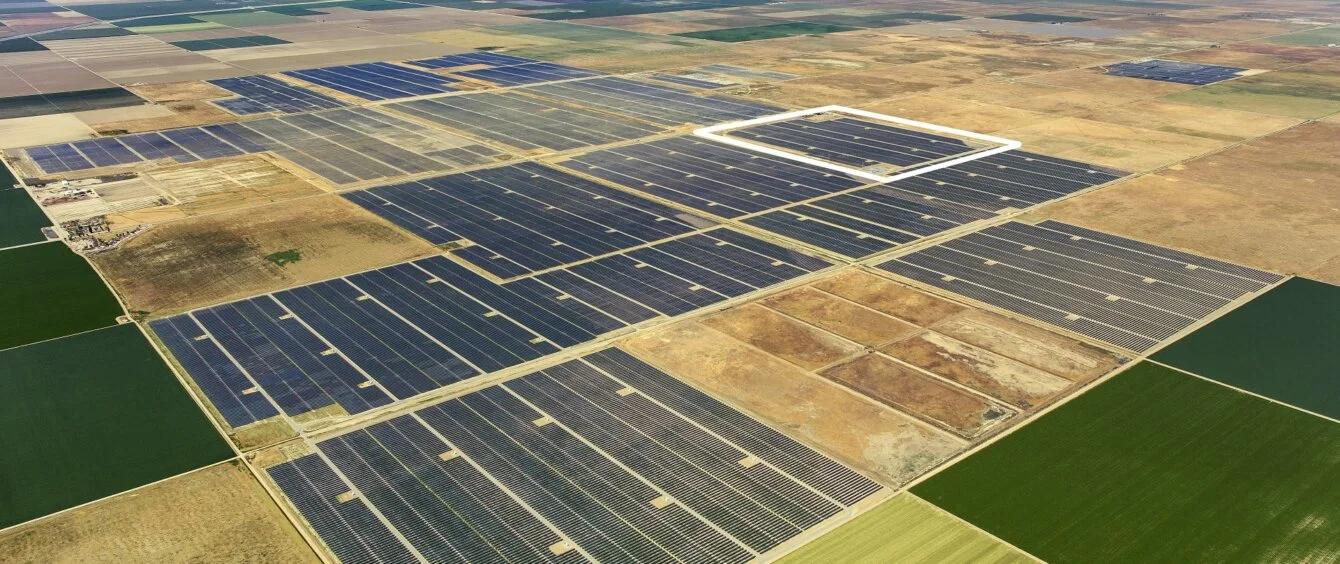The US energy transition is gaining traction. In 2022, green electricity generation recorded an all-time high, with investment in sustainable generation assets, energy storage and electrification posting hitherto unseen numbers.
This information stems from the most recent Sustainable Energy in America Factbook published by the Business Council for Sustainable Energy in cooperation with information service provider BloombergNEF (NEF). “The US economy is now firmly on the clean energy transition path to drive down emissions and create economic opportunities,” declares BNEF in its take on the development.
The 2023 Sustainable Energy in America Factbook is the eleventh edition of the sector report, which has been published by umbrella association Business Council for Sustainable Energy (BCSE) and economic information service BloombergNEF (BNEF) once a year since 2017.
US economy increases investment, China remains champion
According to the factbook, investment in the energy transition in 2022 was up 11 percent year on year, soaring to 141 billion US dollars (USD), or roughly 130 billion euros. Nearly half of the rise was driven by EV sales and the construction of associated charging infrastructure. Higher capital costs, triggered by prime rate hikes by central banks, may have prevented even more investment, according to the study’s authors.
This is a record high for the USA, but even par compared to other countries. Last year was the first time that more than a trillion dollars was spent around the globe to reshape the energy supply system. About half of this sum was spent by China alone.
Wind and solar power extend cost advantage
US green electricity generation also registered an all-time high, advancing by 13 percent compared to the previous year. Sustainable power thus accounted for just under a quarter of total electricity generation. Including nuclear energy, the US produced some 41 percent of its electricity in 2022 without emitting carbon dioxide. Coal accounted for a share of 19 percent, with 39 percent coming from gas-fired power stations. Last year, the proportion of electricity production accounted for by natural gas rose slightly despite increases in world market prices, some of which were dramatic.
This very price hike also drove up the cost of building green generation assets. Otherwise, even more funds might have been dedicated to the energy transition, the factbook states. However, the bottom line is that the rise in the cost of conventional energy sources further augmented the cost advantage of renewables in terms of production. Wind farms have boasted the lowest production costs for new assets in the USA since 2017, and photovoltaic power has been cheaper than gas and coal-based electricity since 2021.
Legislation spurs US energy transition
It is not by chance that this development is unfolding right now. Through the Inflation Reduction Act, in August 2022, the US administration dedicated the biggest subsidy programme, endowed with USD 369 billion, in more than a decade to the energy transition. Another USD 110 billion comes from the Infrastructure Investment and Jobs Act.
The report states that the sector reaped an indirect windfall from the CHIPS and Science Act, which supports the US semiconductor industry. Due to the disruption of international supply chains during the coronavirus pandemic, the chip industry experienced bottlenecks which also affected manufacturers of wind and solar farms as well as of EVs and other players in the energy transition.
Despite the good news, the study’s authors call for further changes in legislation, for example to accelerate approval procedures and make investment even more attractive and faster to implement.
photo credit: © RWE AG
